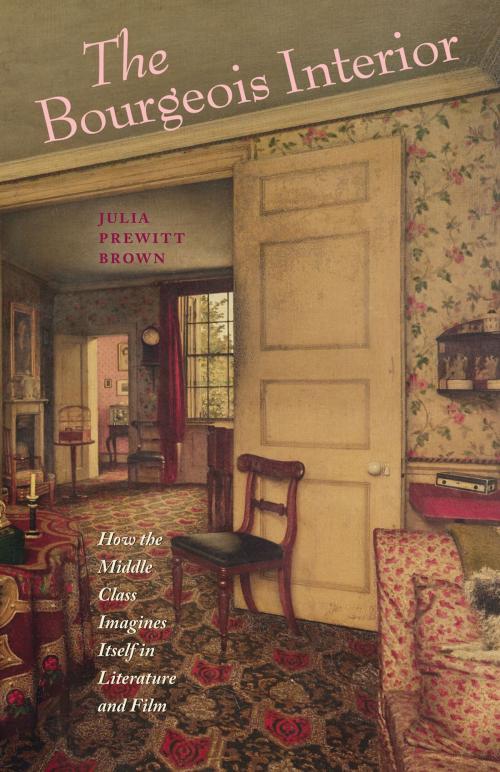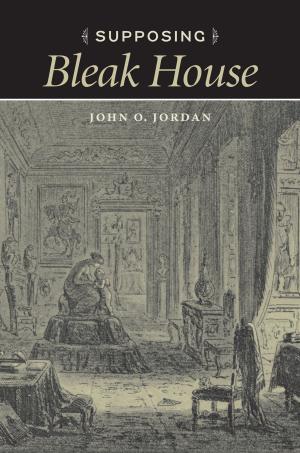| Author: | Julia Prewitt Brown | ISBN: | 9780813934280 |
| Publisher: | University of Virginia Press | Publication: | October 5, 2012 |
| Imprint: | University of Virginia Press | Language: | English |
| Author: | Julia Prewitt Brown |
| ISBN: | 9780813934280 |
| Publisher: | University of Virginia Press |
| Publication: | October 5, 2012 |
| Imprint: | University of Virginia Press |
| Language: | English |
From Robinson Crusoe’s cave to Henry Selwyn’s hermitage, the domestic interior tells a story about "things" and their relation to character and identity. Beginning with a description of a typical middle-class interior in America today—noting how its contents echo interiors described in literatures of the past—Julia Prewitt Brown asks why certain features persist, despite radical changes in domestic life over the past three hundred years. The answer lies, Brown argues, in the way the bourgeois interior functions as a medium, a many-layered fabric across which different energies travel, be they psychological, political, or aesthetic. In this way, objects are not symbols but rather the materials out of which symbols are made--symbols that constitute the very soul of the bourgeois.
In a wide-ranging analysis, moving from works by Daniel Defoe, Jane Austen, Charles Dickens, and Henry James to those by Virginia Woolf, Ingmar Bergman, John Updike, and W. G. Sebald, Brown shows that what is at issue is less the economic basis of class than the bourgeoisie’s imagination of itself. The themes explored include the middle class’s ever-increasing desire for more wealth, as well as Victorian women’s identification with the domestic interior and the changes that took place when they began working outside the home. Brown also examines the ambivalence of economically determined objects both as repositories of memory and dreams and as fetishized commodities that become detached from everyday reality. Does the bourgeois possess the interior and its objects, or do the interior and its objects possess the bourgeois?
From Robinson Crusoe’s cave to Henry Selwyn’s hermitage, the domestic interior tells a story about "things" and their relation to character and identity. Beginning with a description of a typical middle-class interior in America today—noting how its contents echo interiors described in literatures of the past—Julia Prewitt Brown asks why certain features persist, despite radical changes in domestic life over the past three hundred years. The answer lies, Brown argues, in the way the bourgeois interior functions as a medium, a many-layered fabric across which different energies travel, be they psychological, political, or aesthetic. In this way, objects are not symbols but rather the materials out of which symbols are made--symbols that constitute the very soul of the bourgeois.
In a wide-ranging analysis, moving from works by Daniel Defoe, Jane Austen, Charles Dickens, and Henry James to those by Virginia Woolf, Ingmar Bergman, John Updike, and W. G. Sebald, Brown shows that what is at issue is less the economic basis of class than the bourgeoisie’s imagination of itself. The themes explored include the middle class’s ever-increasing desire for more wealth, as well as Victorian women’s identification with the domestic interior and the changes that took place when they began working outside the home. Brown also examines the ambivalence of economically determined objects both as repositories of memory and dreams and as fetishized commodities that become detached from everyday reality. Does the bourgeois possess the interior and its objects, or do the interior and its objects possess the bourgeois?















